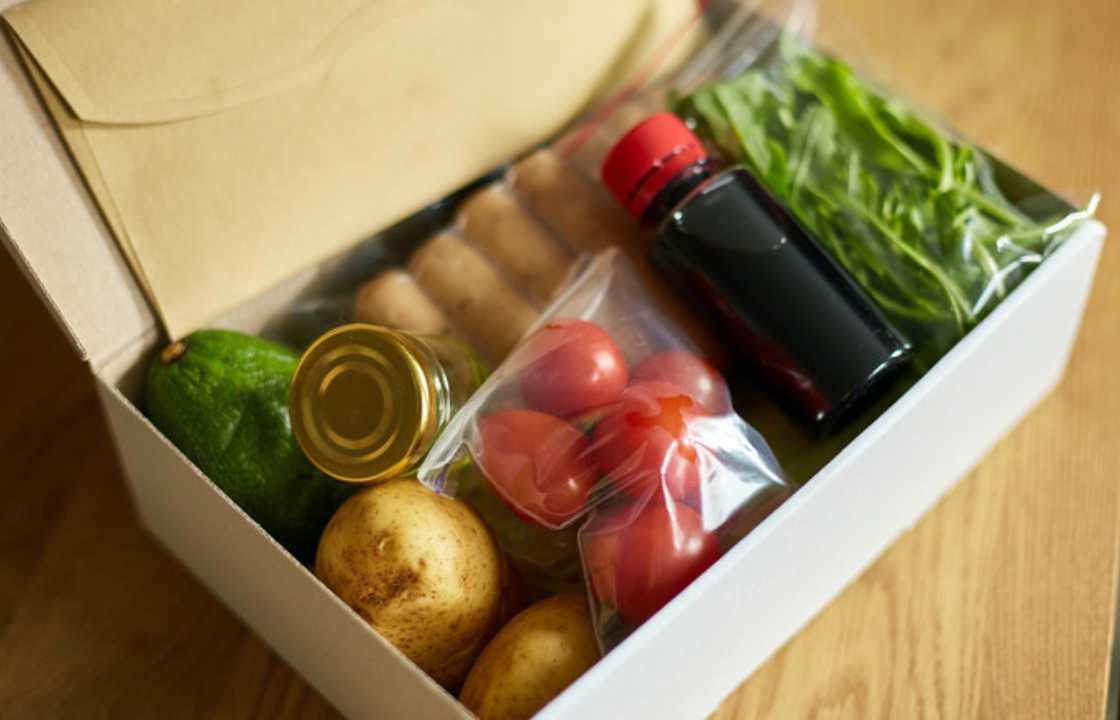Health Care
How to Handle Food Poisoning from Meal Kits
Meal kit subscription services and mail-order food had already begun to gain popularity before the emergence of the COVID-19 pandemic. However, the shutdowns and restrictions caused by the pandemic brought about a significant boost in their appeal and usage. While some adventurous shoppers persisted in donning masks and queuing at supermarket entrances to conduct their own grocery shopping, a growing number of people sought alternatives. They opted for the convenience of having personal shoppers from grocery stores handpick their items and deliver them directly to their homes. Simultaneously, those with the financial means turned to their favorite local restaurants to order takeout meals. The common thread in all of these choices was the emphasis on convenience, although it introduced the possibility of foodborne illnesses being delivered alongside the groceries or meals.
Despite the availability of vaccines and the practice of diligent social distancing measures that have lessened the likelihood of contracting COVID-19, food delivery services and meal kit subscriptions continue to enjoy substantial popularity. The convenience they offer remains a driving factor for their continued success. However, convenience should not come at the cost of compromising food safety. As a consumer, you can take proactive measures to ensure the safety of the food you receive, even when opting for meal kit deliveries or grocery delivery services. Here are some steps you can take:
1. Ask Questions
When considering a meal kit delivery or grocery delivery, don’t hesitate to ask questions. Contact customer service to inquire about their food safety practices. Seek information on how they handle situations where the delivered food is at unsafe temperatures or is found to be unsafe to eat for other reasons. For supermarkets, find out what steps they take to maintain food safety both before and during deliveries, especially concerning the duration food is left at room temperature or transported in non-ideal conditions. For restaurants offering takeout, inquire about their food safety practices and consider checking their most recent inspection reports for additional reassurance.
2. Take Action
For grocery or food service deliveries, try to coordinate your orders so that you are at home to receive them. However, if this is not feasible and your order contains perishable items like dairy, eggs, meat, or seafood, consider giving a family member or trusted neighbor a spare key to store these items in the refrigerator until you return. In cases where refrigeration is not necessary, ask them to place the delivery box in a shaded area of your yard. For meal kit deliveries, examine the packaging upon arrival. Look for labels like ‘Keep Refrigerated’ or ‘Do Not Thaw.’ These items should be packed with frozen gel packs or dry ice during transit. If these precautions are not observed, contact customer service and arrange for the return of the items. When grocery store orders arrive, use a food thermometer to check the temperature of perishable foods. If they are delivered at a temperature exceeding 40 degrees Fahrenheit, it is crucial not to consume them. Instead, either return them to the supermarket or dispose of them safely.
3. Do Your Part
Perishable foods have the potential to spread bacteria to ready-to-eat meals. Therefore, upon returning home, unpack your grocery delivery and separate meat, poultry, eggs, and seafood from other items to prevent cross-contamination. Given that these items may release juices, store each in a food storage bag or sealed container before placing them in the refrigerator or freezer. However, it is not sufficient to assume that perishable items will remain safe just by being stored in the refrigerator. The microorganisms responsible for foodborne illnesses thrive within a certain temperature range, typically between 40 and 140 degrees Fahrenheit, commonly referred to as the “danger zone.” Therefore, it is essential to maintain the proper temperature in your refrigerator and freezer. According to the FDA, ensure that the cold area is set below 40 degrees Fahrenheit, and the freezer should maintain a temperature of zero degrees Fahrenheit or lower.
4. What to Do If It’s Too Late
In the unfortunate event that someone in your household falls ill after consuming food that was delivered to your door, and you suspect it may be due to food poisoning, it is of paramount importance to act swiftly and responsibly. Begin by contacting your local health department to report the incident, as this helps track potential outbreaks and ensures that appropriate investigations can take place to protect the public health. Furthermore, consider seeking the counsel of a qualified lawyer specializing in food poisoning cases to determine if you have legal grounds for a lawsuit. Legal action may not only help you seek justice but also hold accountable those responsible for the food safety lapse, thereby preventing such incidents from recurring in the future. Your actions can contribute to the overall improvement of food safety standards within the industry, safeguarding the health and well-being of countless others.
In conclusion, the popularity of meal kit subscriptions and food delivery services continues to rise, fueled by their convenience and safety in the context of the ongoing pandemic. This surge in demand has also created an opportunity for culinary exploration and creativity, allowing consumers to enjoy a diverse range of cuisines without leaving the comfort of their homes. However, as a responsible consumer, you can take proactive steps to ensure that food safety is not compromised. By asking pertinent questions about the sourcing and handling of ingredients, taking action to store and handle your food properly, and doing your part to stay informed about food recalls and safety guidelines, you can maintain your peace of mind and savor the convenience of these services without risking foodborne illnesses. In doing so, you can embrace this culinary revolution with confidence and relish the flavors of the world delivered right to your doorstep.

